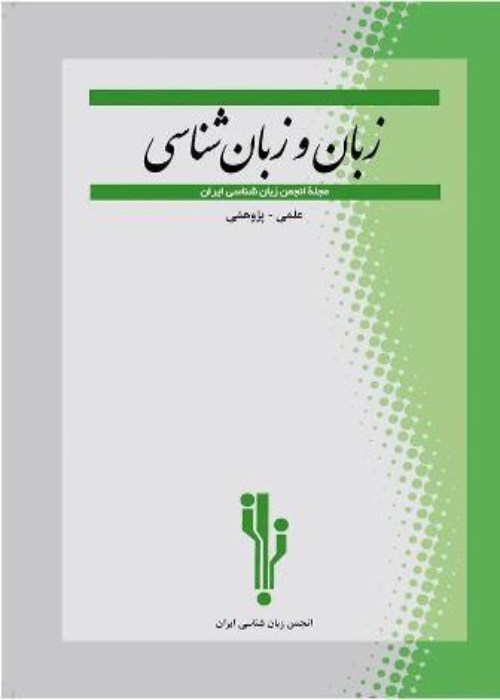The role of syllable structure in vowel raising in Iranian languages and dialects
In many Iranian languages and dialects, [a] is raised to [e] in a process other than vowel harmony or assimilation to a neighboring consonant. For instance, in Delvari [a] raises to [e] when a word such as [dar] ‘door’ appears in its plural form [der-ɑ] ‘doors’. In this case, vowel raising is clearly not a consequence of vowel harmony or assimilation to an adjacent consonant. Previous research on these languages and dialects have seen this type of vowel raising process as being dependent on the number of syllables, the position of the syllable in the word, and stress. A closer look at relevant data shows that this process is rather sensitive to whether the syllable in which [a] occurs is closed or open. Data from various Iranian languages and dialects shows that the low vowel [a] is raised to [e] when the closed syllable in which it occurs becomes open as the result of the deletion of final consonants or their re-syllabification in morphological processes. The deletion of word-final consonants has led to the raising of [a] to [e] and the neutralization of contrast between these two vowels in final position in the development of Middle Persian to Modern Persian. Even the free variation observed between [a] and [e] in the pronunciation of many words seems to be due to the fact that [a] is preferred in closed and [e] is preferred in open syllables. An acoustic study of Persian vowels in word-final closed and open syllables also shows the raising of the whole vowel space and significantly the raising of [a] in open syllables. This feature is very similar to what is observed in tense-lax vowel systems in which lax (more open) vowels tend to occur in closed syllables and tense (more closed) vowels are preferred in open syllables.


